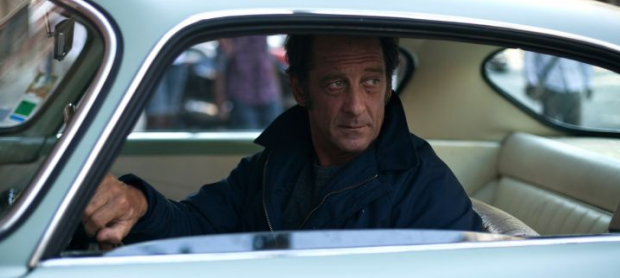
There’s a multitude of reasons why a film may get unfairly overlooked. It could be a lack of marketing resources to give it a substantial push, or, due to a minuscule roll-out, not enough critics and audiences have viewed it to collect the champions it might require. It could simply be the timing of the film itself; even in the world of studio filmmaking, some features take time to get their due. With an increasingly crowded marketplace, it means there are more reasons than ever a film might not find an audience and, like last year, we’ve rounded up the releases that deserved more attention.
Note that all the below films all made less than $1,000,000 at the box office (VOD figures not figured in, as they aren’t made public) and are, for the most part, left out of most year-end conversation. Sadly, most documentaries would qualify for this list, but we stuck to strictly narrative efforts and one can read our rundown of the top docs here. So, check out the list below and let us know the 2013 films you loved that aren’t getting the recognition they deserve in the comments. A great deal of the below films are also available to stream, so check out our feature here to catch up.
A.C.O.D. (Stu Zicherman)
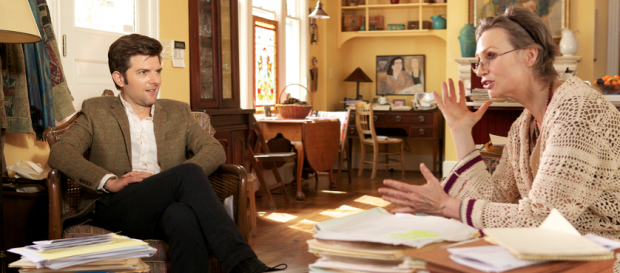
Theatrical Domestic Box Office: $175,705
Arriving in a tiny theatrical release, A.C.O.D. is a hilarious, dark-tinged comedy, with Adam Scott perfectly cast as a successful restauranteur who was, as a kid, the subject of a psychological study (led by Jane Lynch) that became a best-seller. His divorced parents (Richard Jenkins and Catherine O’Hara) are a nightmare, and Scott does his best to protect his brother (Clark Duke) from their destructive vortex as he plans his wedding. Funny and painfully perceptive at times, the film also shows off a side of Atlanta, GA we rarely seen on screen. – John F.
Ain’t Them Bodies Saints (David Lowery)
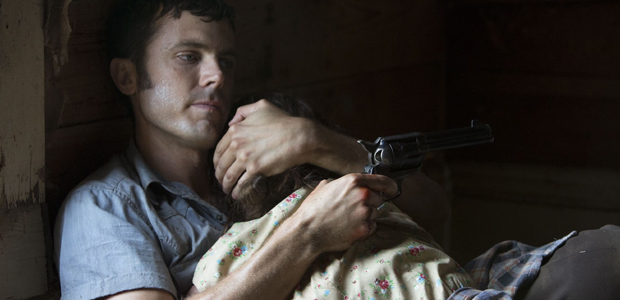
Theatrical Domestic Box Office: $391,611
Ain’t Them Bodies Saints is a particular kind of film, one that was probably never destined to find a wide audience. While the basic story, about a jailed robber escaping prison to return to the love of his life and their child, may sound like a fairly rote plot, the earnestness and poeticism of the film could drive people away. But between the lovely cinematography, the deeply-felt performances, and the stirring narrative, this is a film that was unfairly overlooked on its release. Whether the simplicity or art house airs kept audiences away, this film deserves to be a classic. – Brian R.
A Touch of Sin (Jia Zhangke)

Theatrical Domestic Box Office: $101,119
It has been five years since the release of Jia Zhangke’s last feature-length fiction film, 24 City— by far the longest gap between such features in his career. The helmer’s latest, A Touch of Sin, is cleanly divided into four sections: each is about half an hour, and each contains more action in its own span than most other films do in their entirety. Indeed, the first scene sees a man thwart a gang’s attempt to mug him with a swift draw and accurate gunshots, rather cleanly setting the stage for what’s to come. A Touch of Sin is an action film by Jia’s standards, but the wuxia conventions are alive and well from beginning to end (the title itself is a reference to the genre classic A Touch of Zen), and that, alone, makes this departure about as sharp as the one Wong Kar-wai took with The Grandmaster earlier this year. – Forrest C.
Bastards (Claire Denis)
Theatrical Domestic Box Office: $16,668
Claire Denis’ dark genre piece lives and breathes in the shadows of the two tenants living in an old apartment building. Vincent Lindon gives one of the most charismatic performances of the year, playing an estranged brother who’s come home after his brother-in-law’s suicide, determined to find an explanation for the act. This stylish piece of cinema deserves as much praise as anything Denis’ done. – Dan M.
Blue Caprice (Alexandre Moors)
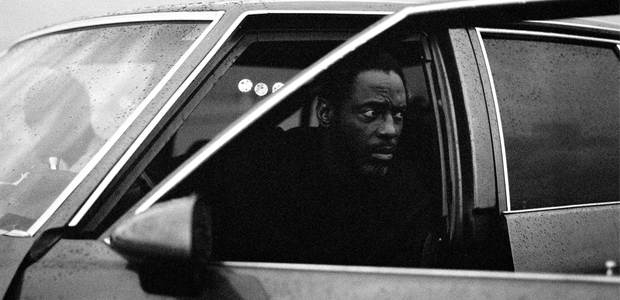
Theatrical Domestic Box Office: $92,336
The most-accomplished directorial debut of 2013, Alexandre Moors’ slow-burn examination of the 2002 Beltway sniper attacks features breathtaking cinematography from Brian O’Carroll and top-notch turns from Isaiah Washington and Tequan Richmond. While we can’t blame audiences for skipping out on this dark subject matter at first glance, they missed a confidently directed examination of what drove these senseless killings. – Dan M.
Computer Chess (Andrew Bujalski)
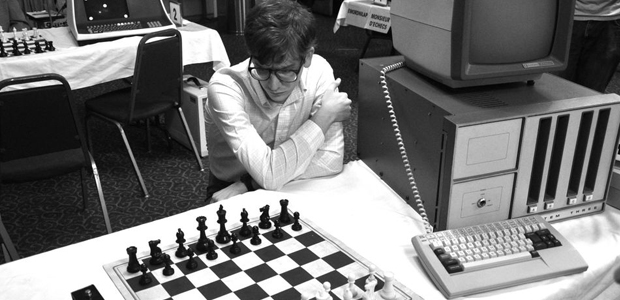
Theatrical Domestic Box Office: $101,718
A charming gem of a comedy from Andrew Bujalski, who turns the mumble-core genre on its head, creating a stunning film that appears to have been shot with primitive 80s video technology. Centered around a man vs. machine chess competition, the film adopts a pseudo-documentary style, pitting programing teams against each other. Featuring several hilarious performances, Myles Paige’s Papageorge is a stand out; obnoxious, inquisitive and without a hotel room for the conferences, he cons his way around as that annoying guy challenging every claim. – John F.
Everyday (Michael Winterbottom)

Theatrical Domestic Box Office: Not Reported
The premise is simple: Karen (Shirley Henderson) struggles to raise her four children while their father Ian (John Simm) serves time in prison for drug smuggling. Shot over 5 years in 2-week intervals, Winterbottom gets to the core of both regret and perseverance without any on-the-nose monologues or over-the-top performances. One of the best films of 2013. – Dan M.
The Hunt (Thomas Vinterberg)
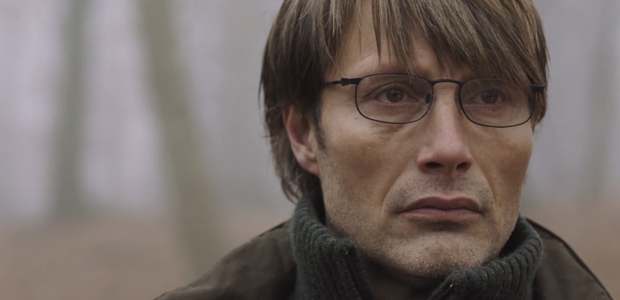
Theatrical Domestic Box Office: $613,308
Few movies this year caused as much anger as Thomas Vinterberg‘s The Hunt did. Following a man, played by Mads Mikkelsen, falsely accused of inappropriately touching a child, it’s a nail biting experience. Mikkelsen’s school teacher is a good man, and seeing the way his town slowly tears him apart, before he’s even proven guilty, is both terrifying and believable. Vinterberg’s film features one of the finest performances and final shots of the year. It’s an emotionally exhausting film that must be seen. – Jack G.
I Used to be Darker (Matthew Porterfield)

Theatrical Domestic Box Office: $22,214
Matthew Porterfield, the newest cinematic bard of Baltimore, may see the city and its outlying districts differently than old pros like John Waters and Barry Levinson, but his vision is no less singularly passionate or believably vibrant. With Hamilton and Putty Hill, Porterfield proved he could see this sprawl and its inhabitants with a perceptive eye, capturing hopes and fears, triumphs and joys, gifts and flaws with a patient wisdom. With I Used to Be Darker, he nurtures and evolves his skills as storyteller and artist. Deragh Campbell as fleeing Irish teen Taryn is a low-key revelation; following Porterfield’s lead for dramatic realism and chaotic emotion, she gives a performance that aches with messy life. Darker features an added emphasis on music and the way the creative process can provoke and heal us, those effects infiltrating these people in much the same way loss perforated the community in Putty Hill. – Nathan B.
Like Someone In Love (Abbas Kiarostami)
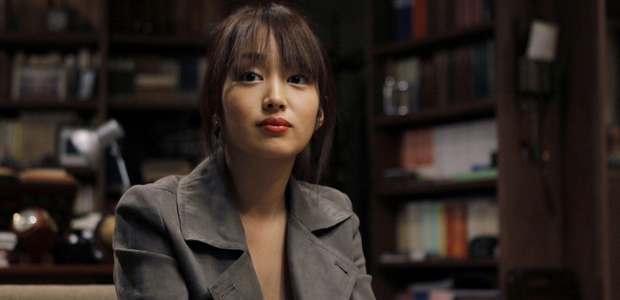
Theatrical Domestic Box Office: $222,695
Though a bit brushed aside for having opened in a rather limited capacity this past February, Abbas Kiarostami‘s most recent picture nevertheless earns a distinct place among one of modern cinema’s greatest filmographies. This isn’t to suggest it’s quite as strong as, say, Certified Copy, but Like Someone in Love, for whatever it may or may not ultimately say, is all the more appreciable for reworking familiar themes and staples (extended car-set sequences included) into a new culture and geographic space. Try as you might, the hugely alienating experience — down to the single strangest ending I’ve encountered in 2013 — just can’t be shaken off. – Nick N.
Mr. Nobody (Jaco Van Dormael)
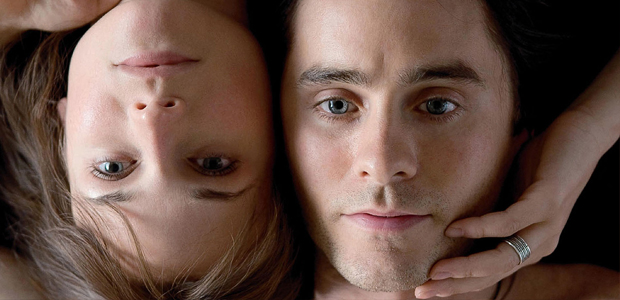
Theatrical Domestic Box Office: $3,622
Led by a likely future Oscar winner (Jared Leto), sadly, it’s hardly surprising that this ambitious sci-fi drama barely made a blip in the U.S. marketplace. Premiering at TIFF and Venice four years ago, Mr. Nobody has toured the world at this point, already released on Blu-ray and DVD in many territories, so with a virtually nonexistent marketing push, it’s destiny was doomed. Following Nemo Nobody, the last mortal in a world of immortals in 2092, it’s an entertaining, emotional ride that is better than just about any sci-fi release this year. – Jordan R.
Museum Hours (Jem Cohen)
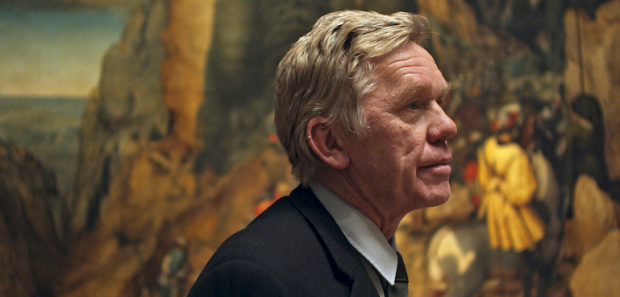
Theatrical Domestic Box Office: $548,699
Although it’s short theatrical run this summer resulted in more box office than I would have predicted, one of the year’s most touching and relatable films is still overlooked in the grand scheme of 2013 releases. Following two strangers who discuss life, art, and love in Vienna, Jem Cohen‘s wonderful Museum Hours will hopefully get the recognition it deserves as it just hit Blu-ray and VOD release. Whether it’s an intimate discussion between our two leads (Mary Margaret O’Hara and Anne Bobby Sommer) or an examination of a piece of art at the Kunsthistorisches Art Museum, Cohen continually captivates on a small scale. – Jordan R.
Passion (Brian De Palma)

Theatrical Domestic Box Office: $92,181
It’s De Palma to the extreme: cameras are constantly roving, investigating a room like a hungry detective; comedy, tragedy, and terror oscillate between one another faster than we’ve ever seen count; a character’s kinky interests are expected, barely requiring explanation; but for as fun as all this may be, Passion has a more significant position as the most “21st-century” picture to De Palma’s name. Though remaining slavishly faithful to the tics which came to define so much of his own cinema for so long, the filmmaker makes a massive extension into the world of digital images and digital economy. The results see old and new collide into something both familiar and enticingly different — all in all, an absolute treat for the director’s fans. – Nick N.
Reality (Matteo Garrone)

Theatrical Domestic Box Office: $72,577
Matteo Garrone’s biting satire got some solid notices coming out of Cannes 2012, than more-or-less disappeared into the either. Aniello Arena gives a stand-out performance as Luciano, a working-class man living in Naples, determined to become a reality-television star. His obsession is at once hysterical and hysterically tragic. – Dan M.
Sightseers (Ben Wheatley)

Theatrical Domestic Box Office: $41,039
Having made one of the finest horror films of the past decade with 2011’s Kill List, director Ben Wheatley changed gears slighty for 2013, delivering an esoteric medieval acid trip in A Field in England and this droll, snarky murderous romp across the Midlands. Both films are not business as usual in the genre factory, and should shake-up general expectations in the wake of the evisceratingly dark Kill List. Still, Sightseers is a withering gem in its own right, an expose into the banality of evil as it follows its sociopaths in knitted sweaters on a road holiday whose most terrifying locale is the Tram museum. Alice Lowe and Steve Oram take sketch comedy characters and give them a writhing, naked life that feels all the more sinister for being buried under such morose, rudderless apathy. Wheatley is a master of final scenes, and Sightseers closes on a terrific one. – Nathan B.
Simon Killer (Antonio Campos)
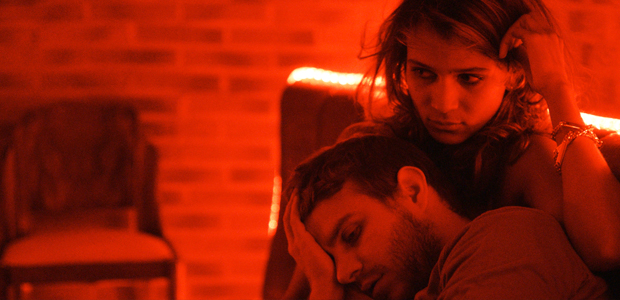
Theatrical Domestic Box Office: $24,082
Much like the titular character, Simon Killer doesn’t really try hard to let people in. Between the intellectual façade and cold demeanor (again, talking about character and film) this was not an inviting experience. But as with all small films with some dark things to say, there is a certain audience for this, and I have no doubt they will seek it out. Meanwhile, it is a bit of a shame that a film that critiques modern ideals of manliness wasn’t sought out more by a public who could stand to hear the message. – Brian R.
Something in the Air (Olivier Assayas)
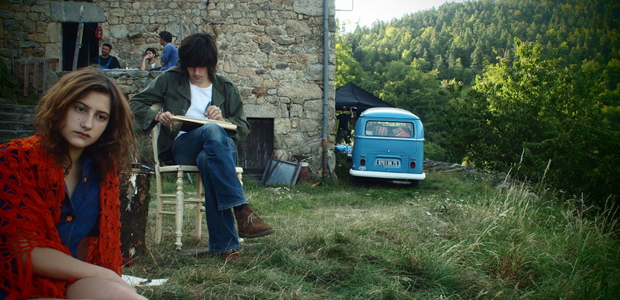
Theatrical Domestic Box Office: $73,306
Like its protagonist, Olivier Assayas’ largely autobiographical Something In The Air can be a bit aimless at times. But this is a film about a fledgling art student coming of age in political turmoil, constantly on the lookout for new ways to convey his ideas. As such, one conversation, in which the student, Gilles (Clément Métayer), challenges filmmakers to employ revolutionary syntax for their revolutionary films, suggests that the film’s structure is a deliberate match to its subject’s mindset. With the help of Eric Gautier’s cinematography, which shines especially bright during the daytime exteriors, Assayas’ is able to shift focus away from politics toward and toward the determination of youth and the exploration/fulfillment of the self as Gilles floats between love interests and moves between painting and film. It’s a coming-of-age film as intelligent as it is touching, and it gives 2013 one of its very best scenes with a house party/bonfire set to Soft Machine’s “Why Are We Sleeping.” – Forrest C.
This is Martin Bonner (Chad Hartigan)
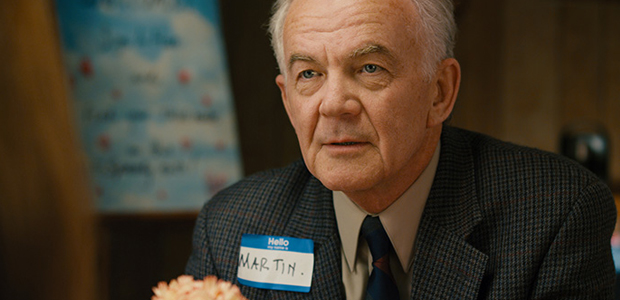
Theatrical Domestic Box Office: Not Reported
How often as people, do we just stop and listen? How often as moviegoers? Amidst a cinematic landscape that so often barrels over us and leaves us to pick up the pieces, Chad Hartigan’s simple and understated This is Martin Bonner makes attentive compassion not just an enviable trait but a near prerequisite for enjoying the film to its fullest. Paul Eenhoorn, as the titular Bonner, and Travis Holloway as the freshly released convict he befriends are refreshingly honest and engaging in their lack of theatricality. I’m hardpressed to think of a film this year that felt so close to documentary without actually being one. The themes of acceptance, hope and friendship aren’t just given hallmark lip-service but embraced with a conviction that allows them to linger on, days later. – Nathan B.
To the Wonder (Terrence Malick)
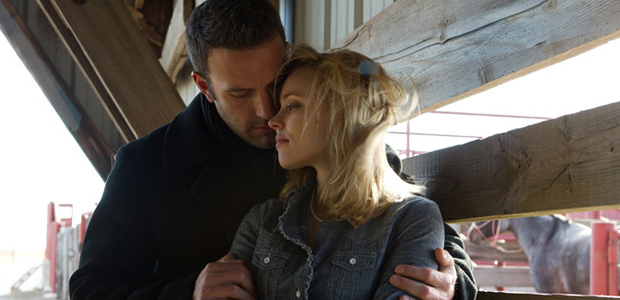
Theatrical Domestic Box Office: $587,615
Terrence Malick feels like the kind of filmmaker who is doomed to be perpetually overlooked. He’s the go-to example for art house pretension and inaccessible poetic philosophizing. So when people heard that To The Wonder was his most opaque and possibly inaccessible film ever, even the die-hard fans seemed to stay away. Given, however, that this was Malick’s most personal, human, and emotionally intimate film yet, my distinct hope is that someday everyone realizes what a mistake they made by giving this one a pass. – Brian R.
White Reindeer (Zach Clark)
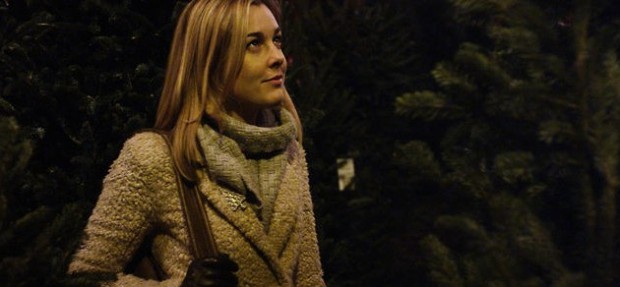
Theatrical Domestic Box Office: Not Reported
Perhaps the saddest Christmas movie ever made, Zach Clark’s dark dramedy follows a young widow (Anna Margaret Hollyman) trying to survive the holidays without drowning in sadness. Shot for cheap and fully-focused on the performances and story being told, White Reindeer demands to be seen. So see it! – Dan M.
Upstream Color (Shane Carruth)
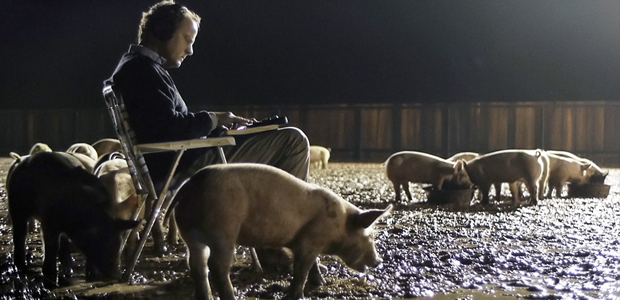
Theatrical Domestic Box Office: $444,098
Given the almost universal cult ardor for Primer, director Shane Carruth’s first film, I was genuinely surprised at the general lack of box office love for Upstream Color. Again, though, as with most of the films I have written about for this list, the surprise is tempered a bit by the reality of the film. While we may wish to live in a world where people flock to a film about psychic parasites and empathetic pigs, the truth is that sometimes the most challenging and worthwhile works of art just don’t start a fire right away. Give it some time though. As with most of these films, five years of being passed around by ardent defenders will find Upstream Color at the top of a lot of “best of” lists at the end of the decade. – Brian R.
You Ain’t Seen Nothin’ Yet (Alan Resnais)
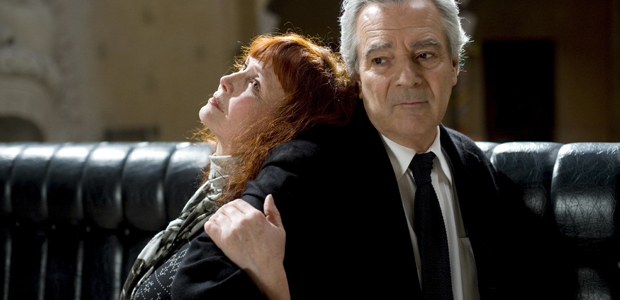
Theatrical Domestic Box Office: Not Reported
Indulging in a multi-layered composite narrative like so, You Ain’t Seen Nothin’ Yet flows on a mysterious internal logic which can quickly recall the dream mechanics of Resnais’ most well-regarded accomplishment, Last Year at Marienbad; though, as a work more concretely concerned with the act of storytelling, the mysteries residing herein yield a stronger sense of center and resolution. In all truth, they may appeal to one’s personal cinematic concerns more profoundly. Once Resnais has put every last piece into motion, his most remarkable tactic is revealed: level after level of diegetic action opens upon itself, springing forward to consistently renew a sense of its Russian doll structure. A work that has not diminished in its significant value over the entire year and through a slate of other impressive material. – Nick N.
What films were most overlooked this year?


